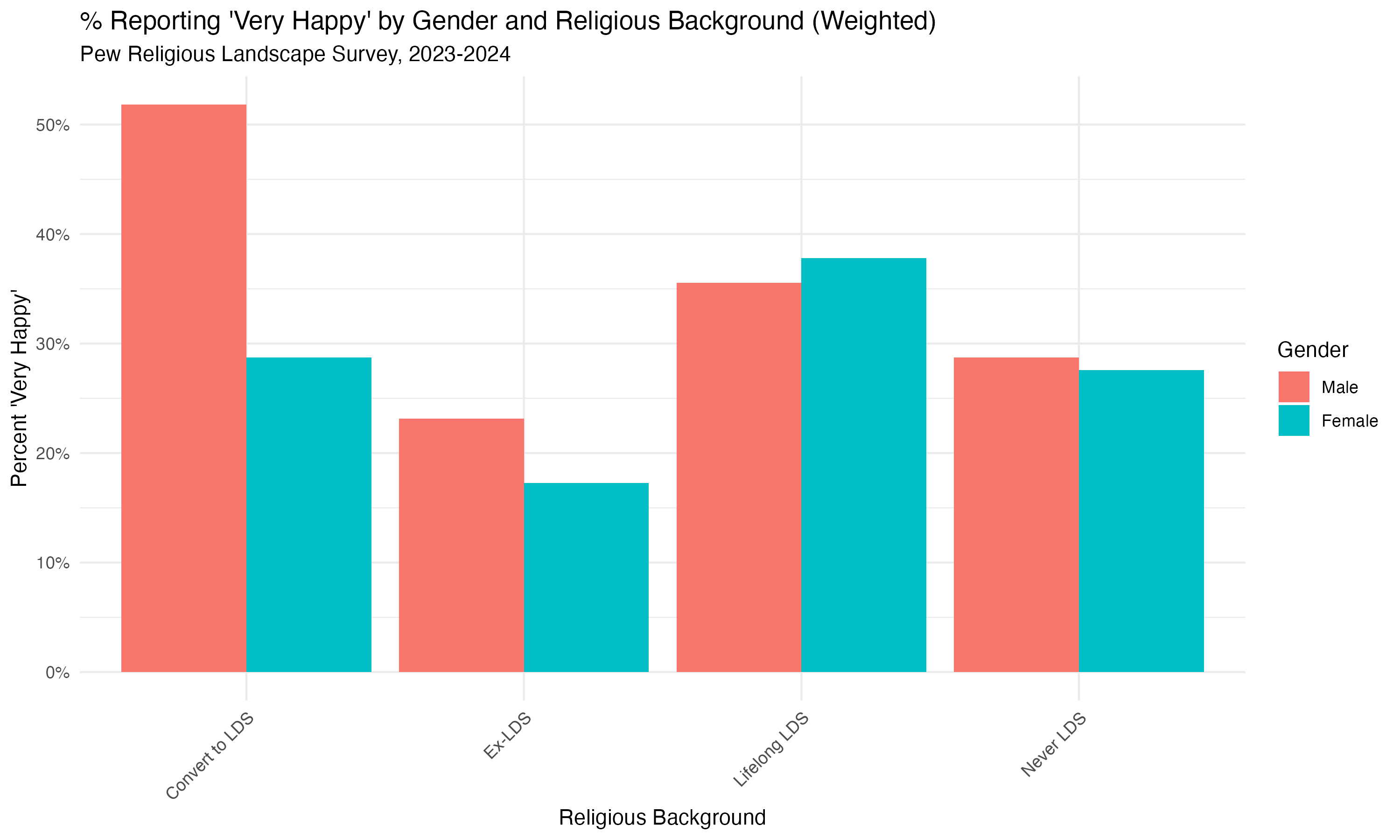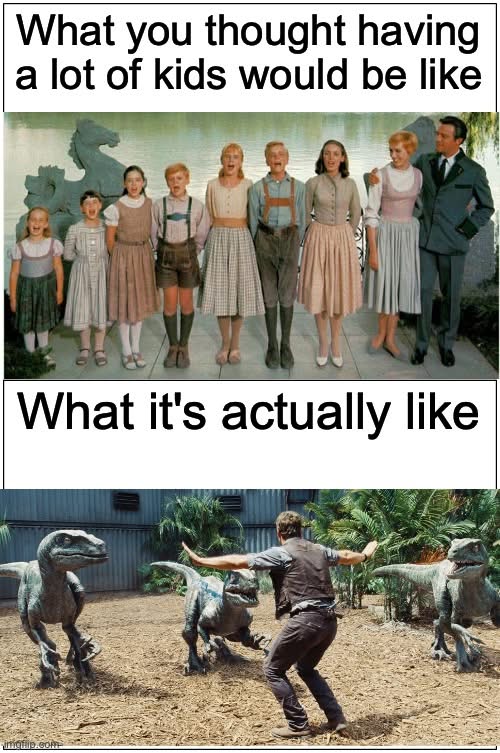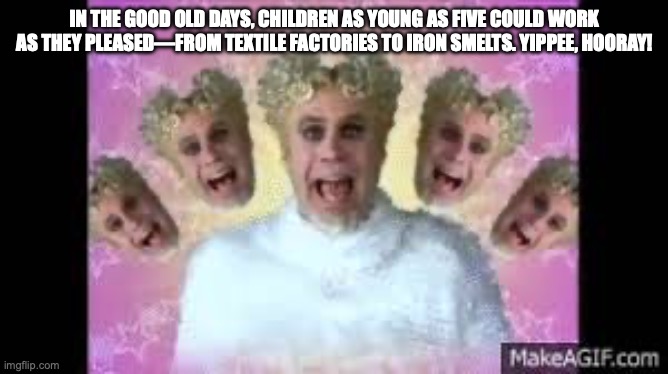-
•
•
4 responses
As evidenced by the flood of AI movies hitting Twitter over the past couple of weeks, Google’s Veo 3 recently made another leap with AI video generation, adding sound and better consistency. It still has its issues (as can be seen below), but in the hands of a skilled prompter with some credits to burn it can create some fun meme-level, eight-second clips. We’re starting to see some moves towards serious artists creating longer films with AI beyond the famous Coca-Cola commercial. For example, this short was the first AI movie I’ve seen that I would describe as moving (created… Read More
-
•
•
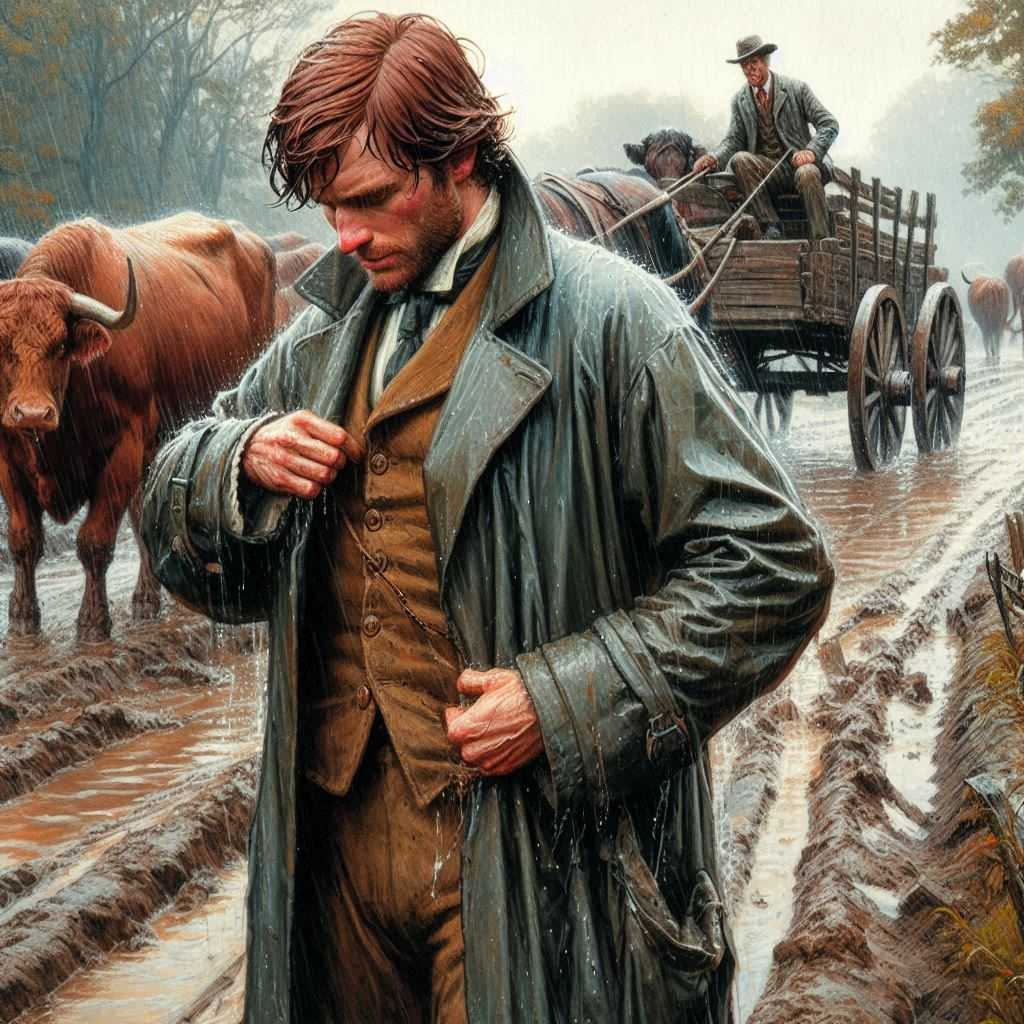
I’m in the midst of pushing to finish a draft of my biography of Zerah Pulsipher and thought it would be fun to share a few items here and there that I found interesting or funny while I’m working on it. Today’s post is about the laborious journey across Iowa in the spring of 1846, concluding with a humorous story about Brigham Young claiming things were first-rate before trying to pull out a handkerchief and realizing that the pocket was full of water. Read More
-
•
•
3 responses

Nielsen, Chad. “Zera Pulsipher and the Regulation of Plural Marriage” Journal of Mormon History 51, no. 3 (2025): 115-148. Gemini-created abstract: This article examines the evolution of how plural marriage was regulated and controlled within the Church of Jesus Christ of Latter-day Saints, using the 1862 disciplinary trial of Zerah Pulsipher as a key case study. Pulsipher, one of the First Seven Presidents of the Seventy, was disciplined for performing a plural marriage for William Bailey without proper authorization. The author argues that this trial illustrates a significant shift in the approval process for plural marriages under Brigham Young. Initially,… Read More
-
•
•
21 responses
The vulgarity and low character of Donald Trump are famously at odds with the values and teachings promoted by the Church, but another area of conflict has been less apparent despite its impact. For the Church, the Trump presidency is an apocalyptic catastrophe in the technical sense: at least a postponement and potentially a mortal blow to the eschaton we thought we were approaching. Read More
-
Come Follow Me Currculum, Doctrine and Covenants, Latter-day Saint Thought, SS Lesson – Doctrine and Covenants
•
•
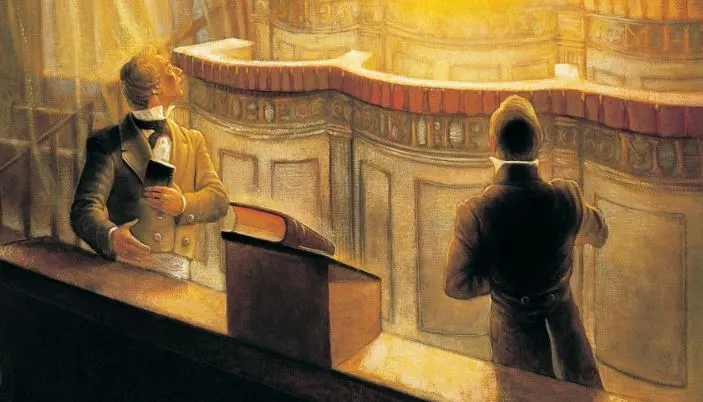
We could argue that section 76 of the Doctrine and Covenants has had more impact on Church members than any other section in the D&C. Prior to the vision described in the revelation, Church members, and Christianity in general, had one of two conceptions of the next life; either a dualistic heaven and hell, or the universalistic idea that everyone would be saved in heaven. “The Vision”, as it was called, changed the Latter-day Saint understanding of the next life, and in the process, of how we should act in this life. The impact even led to rendering the vision… Read More
-
•
•
7 responses
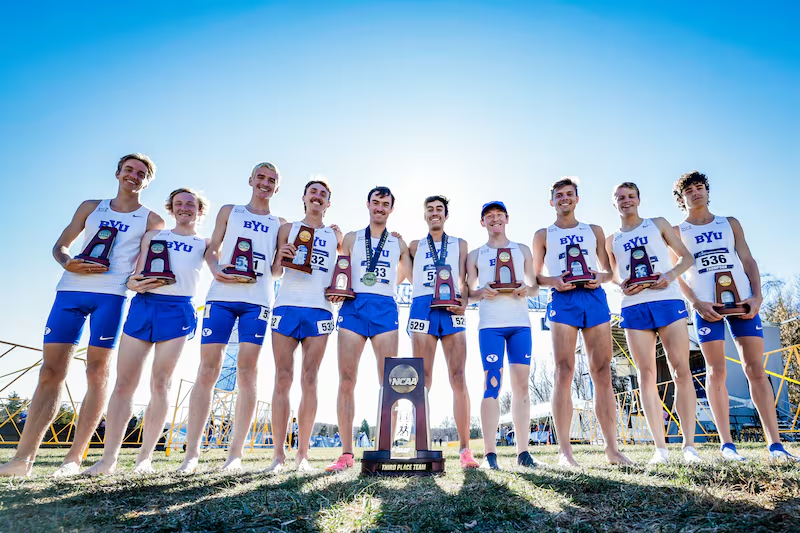
When I teach my occasional sociology class every once in a while race and sports get brought up. It’s one of those things that people tiptoe around and have their own opinions about but don’t really take the time to investigate or discuss. To grab the bull by the horns, there’s a popular perception that African Americans are just genetically more athletically gifted. When things like this come up I address the perspective as a sincere, good-faith argument instead of just dismissing the belief as racist, but I typically point out that, for example, if it was a matter of… Read More
-
•
•
16 responses
![[Mental Illness at Church] A Personal Story](https://timesandseasons.org/wp-content/uploads/2025/06/watercolor-illustration-young-girl-praying-sunlit-church-concept-faith-spiritual-reflection-peaceful-solitude-ash-353954823-1.webp)
I‘ve been going back and forth about how much to share about my background in what caused my mental illness and some of what it has been like. I wanted to skip this part because I’d rather talk in generalities, but stories matter, so here is a little bit of mine. As a kid I was severely bullied, to the extent that the school told my parents that our family had to move because the administrators were afraid of what would happen to me if I stayed there. There is so much shame that people who were bullied carry with… Read More
-
•
•
One response
I really appreciate the ways in which Rosalynde Welch approaches scriptures and interpretation of scriptures. I’ve mentioned this in my review of Seven Visions of Christ in the Doctrine and Covenants, but Rosalynde also shared some of her insights in a recent interview at the Latter-day Saint history site, From the Desk. What follows here is a copost to the full interview. Read More
-
•
•
7 responses
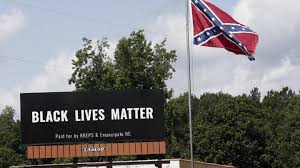
In the next few weeks we pass through a series of commemorations and holidays that deal with freedom. We’ve already had Flag Day. Juneteenth followed five days later. Tomorrow is the anniversary of Joseph and Hyrum Smith’s martyrdom. In the U.S. Independence Day is just 8 days later. In France Bastille Day is on July 14th, and in Utah Pioneer Day is on July 24th. In just about six weeks the contested idea of freedom is presented to us six times, asking different questions each time. How have we participated? Most of the time we limit our participation to performative… Read More
-
•
•
4 responses
BYU’s new book on Evolution and the Gospel of Jesus Christ may yet prove to be the most important contribution to literature for Church members out of the new Mormon Studies Books in 2025. If nothing else, the analytical tools and frameworks it introduces to members makes it worth reading. in a recent interview at the Latter-day Saint history blog From the Desk, Ben Spackman shared some of his insights, particularly about First Presidency statements on evolution. What follows here is a copost to the full interview. Read More
-
Come Follow Me Currculum, Doctrine and Covenants, Latter-day Saint Thought, SS Lesson – Doctrine and Covenants
•
•
Whether by teaching or by missionary work, proclaiming the gospel is a key part of LDS doctrine, practice and culture. And while this week’s Come Follow Me lesson leans toward missionary work, based on the historical events surrounding sections 71 to 75, the basic lessons found in these sections can apply to the many other ways that we communicate the gospel. Regardless of what sources we use to guide us (the lesson focuses on the spirit and on leaders), we end up communicating the parts of the gospel that we understand and have incorporated into our lives. So it’s wise… Read More
-
•
•
3 responses
One of the big ticket items among 2025’s Mormon Studies books is John Turner’s Joseph Smith biography. It was officially released earlier this week, though I published my review earlier this month. In addition, however, John Turner recently shared some of his thoughts on the book in an interview at the Latter-day Saint history blog, From the Desk. What follows here is a copost to the full interview. Read More
-
•
•
4 responses
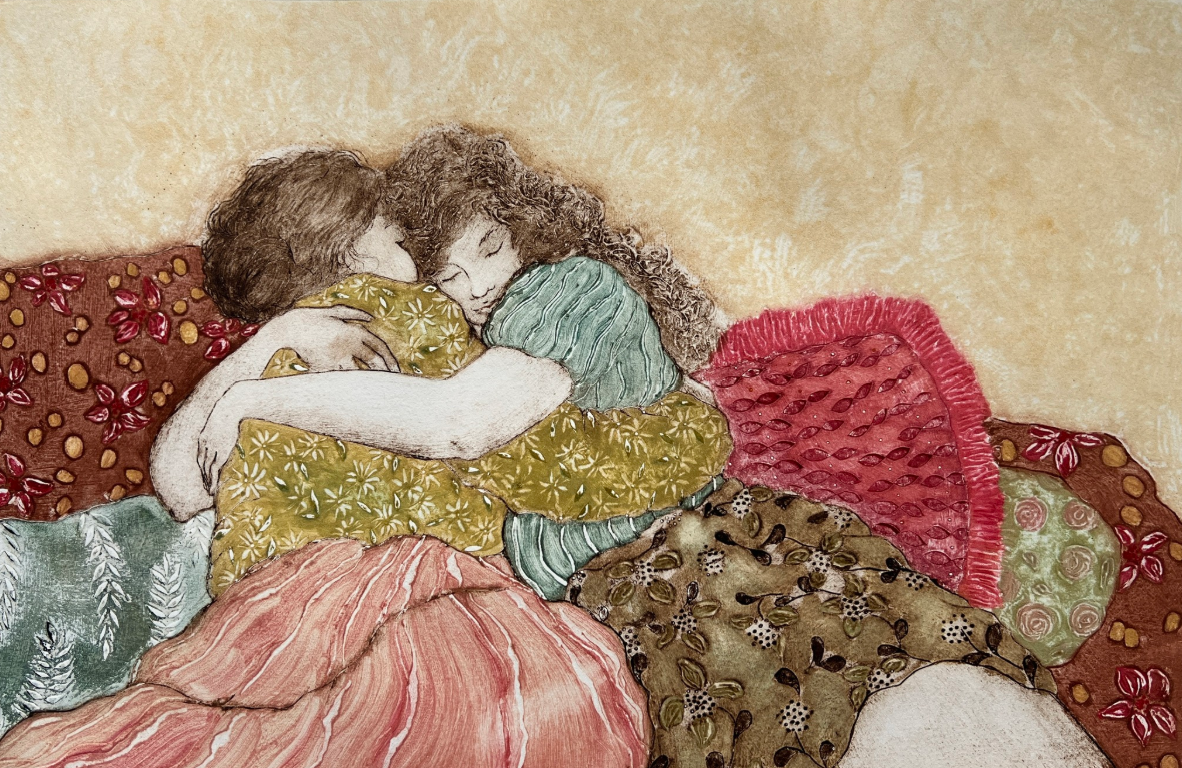
It’s hard to know how to start this series. It’s not going to be victorious. It’s not going to be about rising conqueror over our demons. It’s not going to be about the miracle of healing—at least not in the traditional sense. It’s just going to be one person’s perspective of what it’s like having ongoing—most likely lifelong—mental illness at church. As a warning, there will be references to suicide and suicidal ideation. I don’t want to pretty it up, so this will be without varnish, without cheap formulas; just raw honesty. While it will be based on my experience,… Read More
-
•
•
14 responses
Recent events have looked rather apocalyptic to me, both Israel’s wars and the US’s treatment of Latinos. Huge events seem to happen so quickly that I worry any attempt to blog about them will be old news by the time this post goes up. Trump has quite staunch support among conservative evangelicals, and I’ve seen lots of quotes, pictures, and art portraying Trump as some kind of divine tool to work for evangelicals’ agendas. Mike Huckbee’s recent text strikes me as particularly extreme. Read More
-
•
•
12 responses
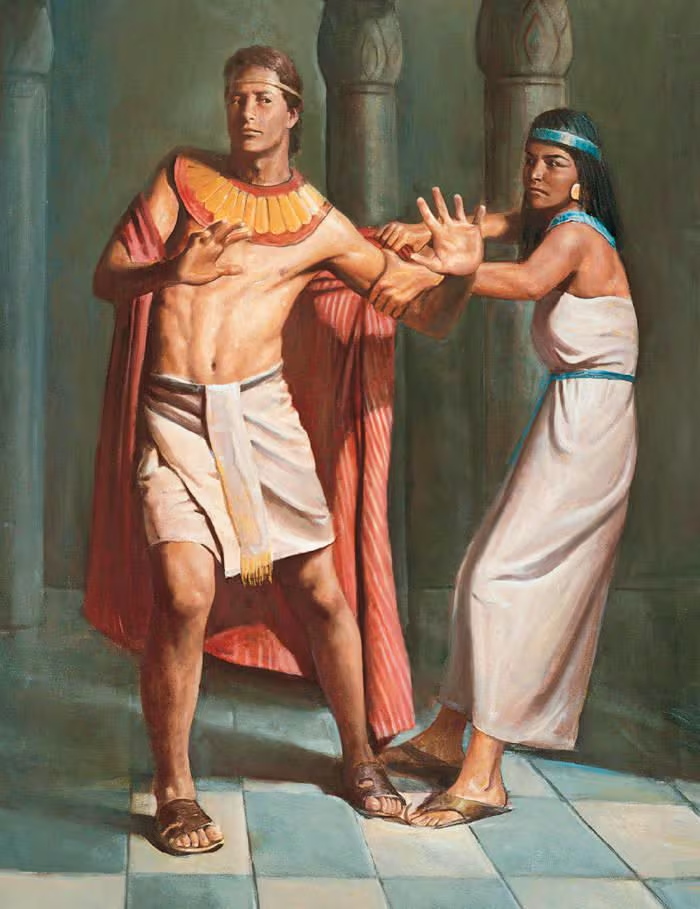
*Not* me in high school Anecdotally one of the comical side effects of the Joseph in Egypt story that hormone-driven deacons and teachers are raised with is the subtext that you have to have your commitment to the law of chastity dialed in (“remember who you are and what you stand for”) because you need to be prepared for when attractive, powerful, wealthy women will tear at your clothes and demand that you have sex with them. And then of course on some subconscious level we were probably a little disappointed when we awkwardly came of age and wondered where… Read More
-
•
•
One response
For Latter-day Saint document geeks like me, this weekend was a big moment – the Church History library released digital scans of the 1886 John Taylor Revelation and related documents (see the link here for the Church History Library). Accompanying the release, the B. H. Roberts Foundation also published a discussion of the document. I’m not going to discuss too much about it here, since I’ve already done that in the following series of posts, so I’ll encourage folks to read those for more information, along with the links provided above: Read More
-
•
•
12 responses
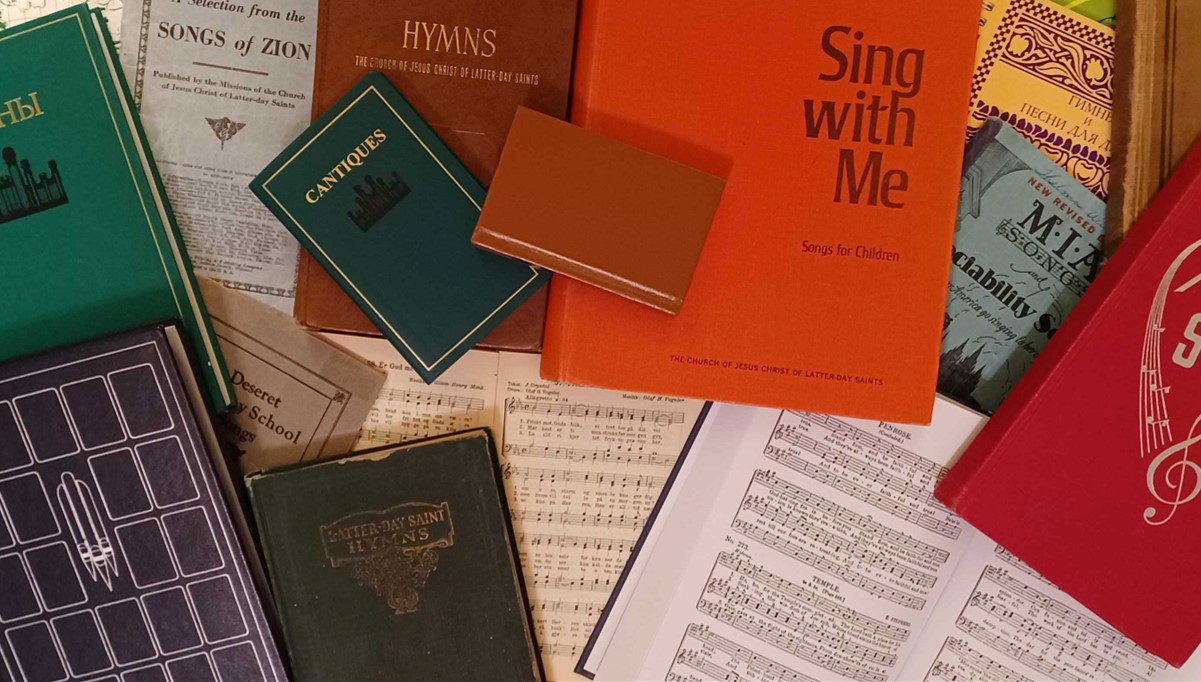
It’s been a while since I put out an update on “Hymns—for Home and Church”: The New Latter-day Saint Hymnbook, and I have some mixed feelings on the latest updates. Read More
-
•
•
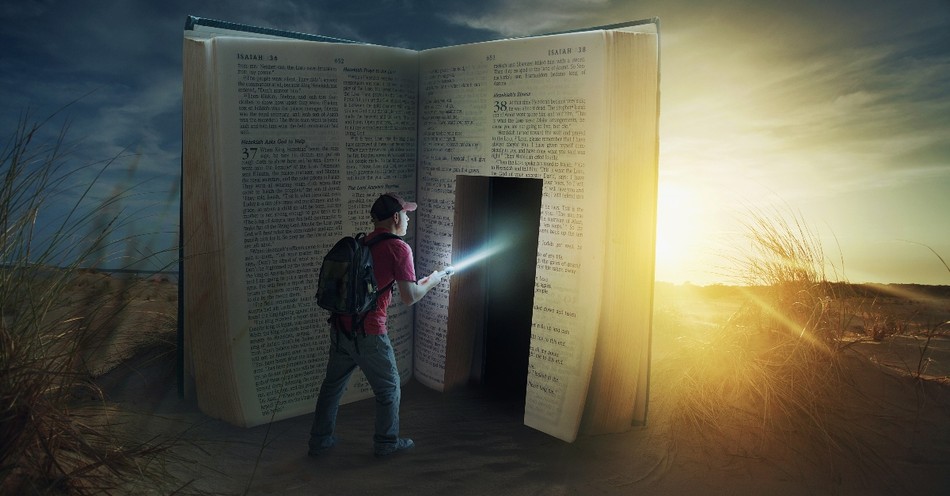
We all value the scriptures, but we don’t always understand them, and often what makes them valuable to us isn’t clear. If, as Doctrine and Covenants section 70 says, the scriptures are worth the riches of the whole earth, how is that true? What makes them so valuable? Part of the difficulty with understanding pronouncements like this is the difficulty in reading and understanding scripture. Not only is what we have a translation of a translation from a different culture with different understandings of core issues, but even when we read a text written and read in our own language… Read More
-
•
•
2 responses
I don’t remember seeing a list given anywhere of books planned for publication in 2025 in the Mormon Studies field. So, in the interest of sharing what has been published and what is intended to be published in 2025, here is the list I have been able to compile: Read More
-
•
•
17 responses
At times like these, I thinks it’s valuable to review one of the Book of Mormon’s most repeated prophecies. Quick review: Gentiles=white people. Remanent of Jacob=Natives. If Gentiles repent, they can join with the remnant. Read More
-
•
•
5 responses
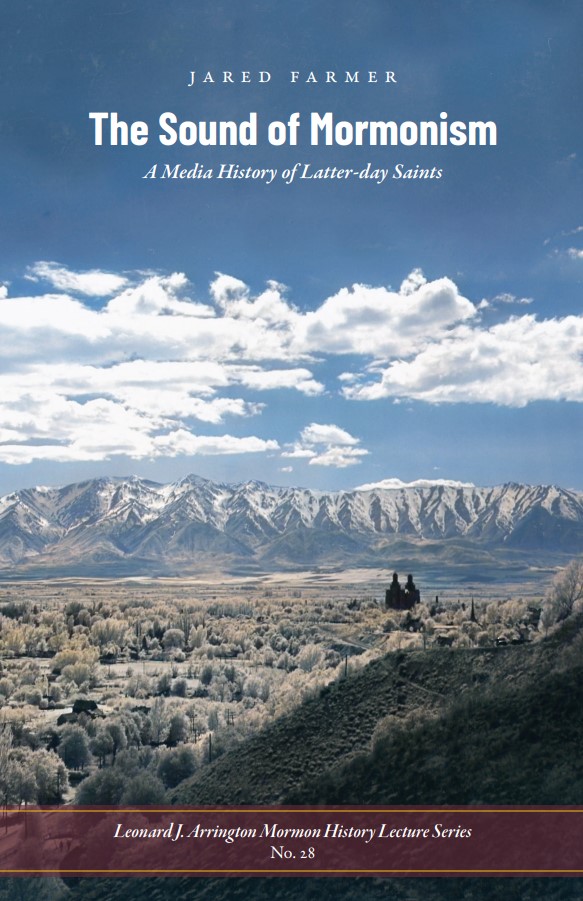
A few years back, Jared Farmer gave an interesting lecture in Logan, Utah for the annual Arrington Mormon History Lecture series called “Music & the Unspoken Truth,” which focused on the relationship between sound, religion and place, with a particular focus on Music & the Spoken Word. Since then, he has expanded the text of the lecture into a book-length treatment of the subject entitled The Sound of Mormonism: A Media History of Latter-Day Saints, which has been released as a free PDF through the Utah State University libraries and as a physical book through the Utah State University Press. Read More
-
•
•
15 responses
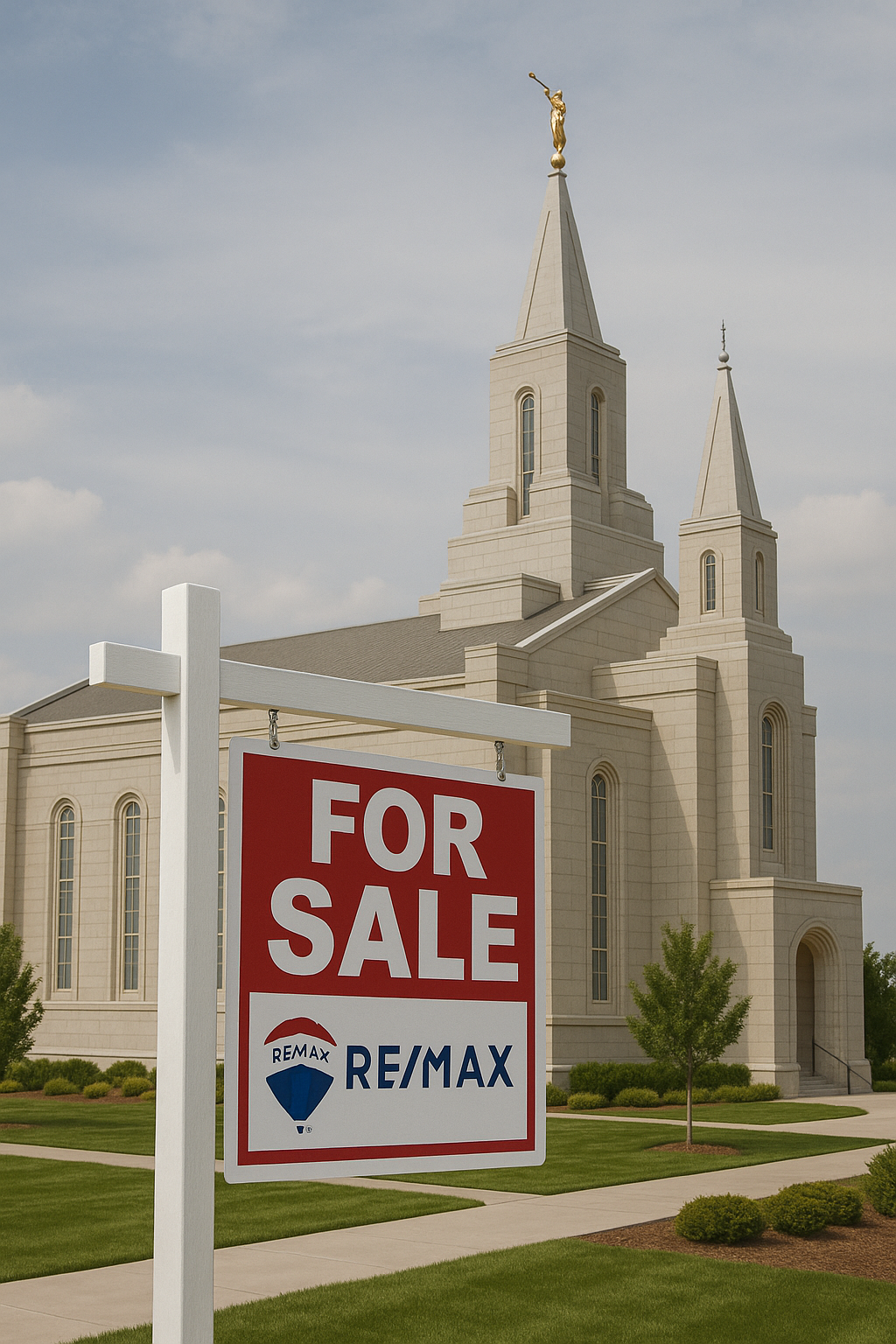
It’s no secret that some are worried that the Church is overbuilding temples. While most make some sense in terms of the Church’s goal of having a temple close and accessible to members, anecdotes abound about temples being put very proximate to other temples that are already suffering from low attendance, and in the worst case scenario the question may naturally arise about what to do with temples who through the vagaries of long-term geodemographic fate end up hardly used at all and sitting virtually empty month-by-month with perhaps a caretaker senior couple. If the worst case hypothetical comes to… Read More
-
Come Follow Me Currculum, Doctrine and Covenants, Latter-day Saint Thought, Poetry, SS Lesson – Doctrine and Covenants
•
•

What does it mean to have a “willing mind”? My first thought is that it is somehow about our attitude, how we confront or approach problems. But despite the prevalence of ‘positive mental attitude’ sayings and motivational posters, most people act as if their emotional state is something beyond their control. We act like we believe that outside circumstances determine whether we are happy or sad. But, while we act that way, the scriptures suggest we do something different, because “The Lord Requireth the Heart and a Willing Mind.” Thinking about it, that seems really difficult. Read More
-
•
•
32 responses
Anti-Latter-day Saint stigma in academia is one of those things for which there is no solid data, so all that anybody has to work off of are anecdotes. However, given that 1) we know that people in general don’t really like us, 2) we are associated with a conservative ideology, and 3) there is plenty of research that suggests that academics are systematically biased against conservative applicants and papers––ipso facto nobody should be surprised at an anti-Latter-day Saint bias in academia. But again we only have anecdotes, not direct evidence even if theoretically makes sense, so for my own contribution… Read More
-
•
•
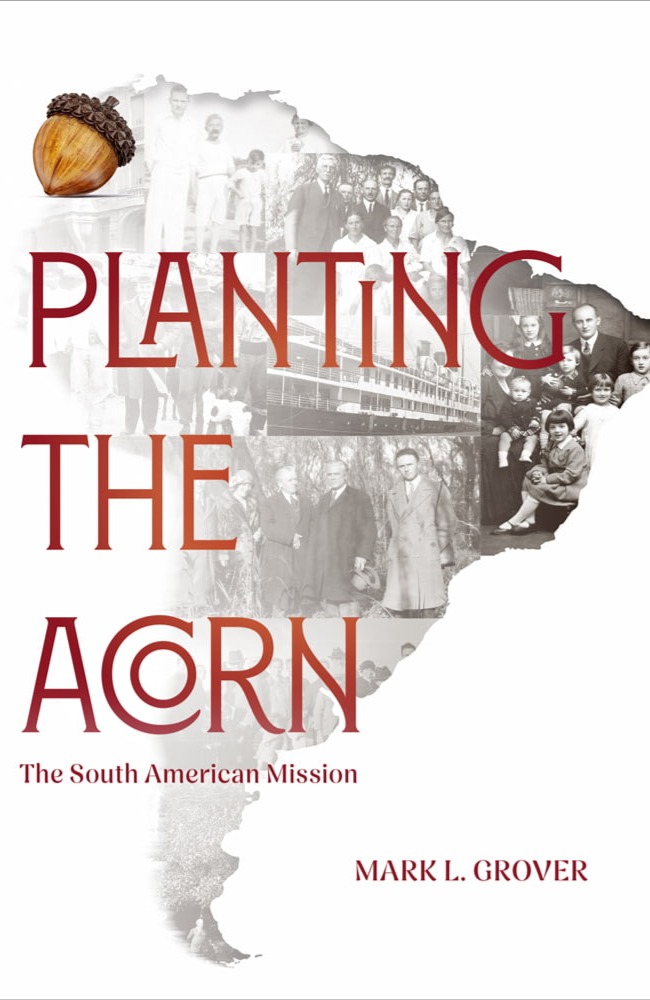
One hundred years ago this December, a group of three general authorities dedicated South America for the preaching of the gospel while establishing a mission in Buenos Aires, Argentina. Given that this year is the centennial anniversary, there are a few ways in which the Church has been celebrating, such as the repeated visits by the Tabernacle Choir at Temple Square to South America. The contribution of the Religious Studies Center at BYU to those celebrations is the book Planting the Acorn: The South American Mission by Mark L. Grover. Read More
-
•
•
18 responses
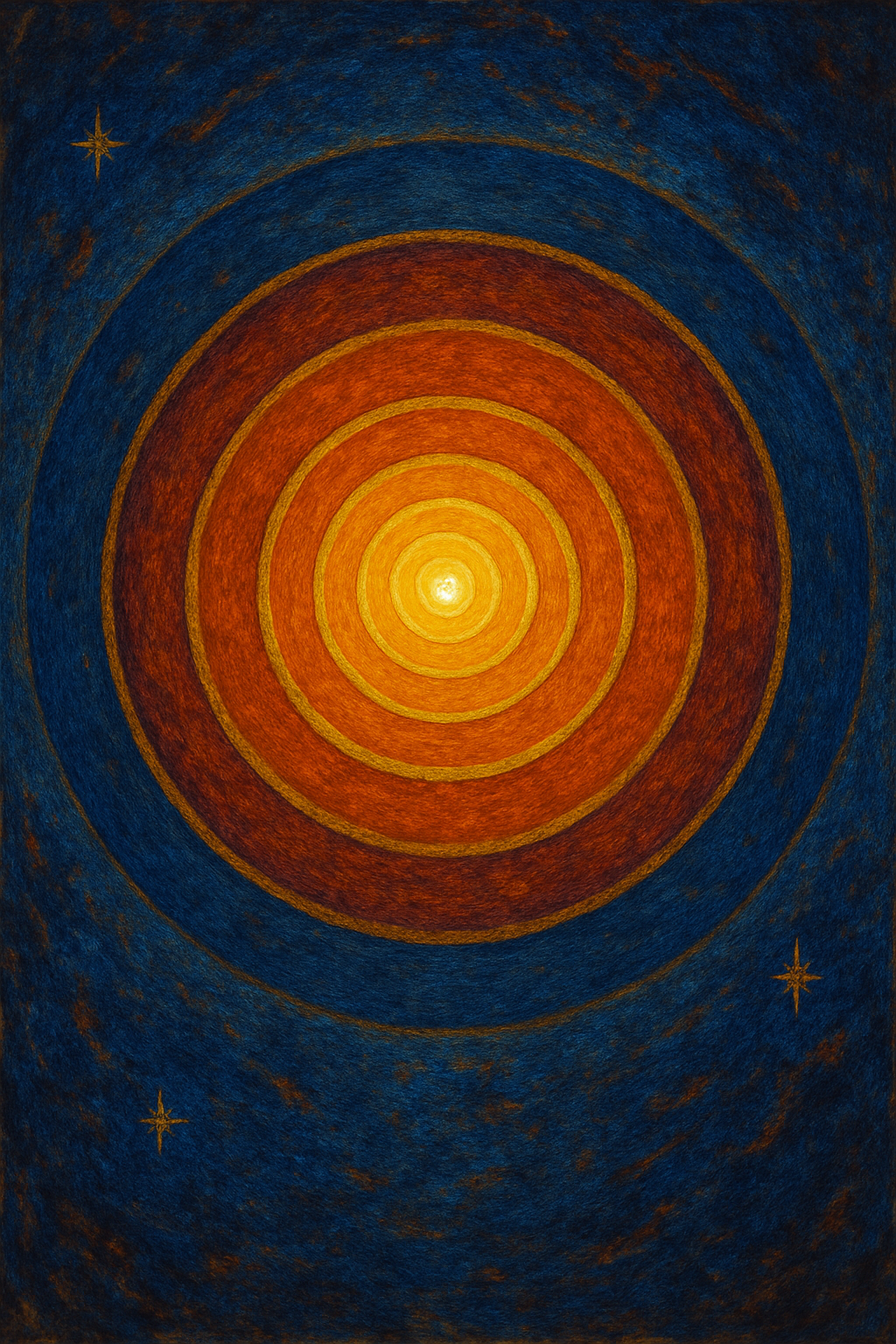
I generally consider myself pro-apologist. I think apologetics and apologists get a lot of undeserved grief in the Church (I see this as something of a pendulum swing from the 90s or so when Hugh Nibley types were rock stars that commanded huge fireside audiences). However, there have been a small handful of places where I personally found what I’ll call classical apologetics writ large to be a little coy (I’m making a distinction here between 2025 apologetics, which is more sophisticated by necessity, and, say late-20th century, “classical” apologetics). Well, actually really just two places, for all the other… Read More
-
•
•
9 responses
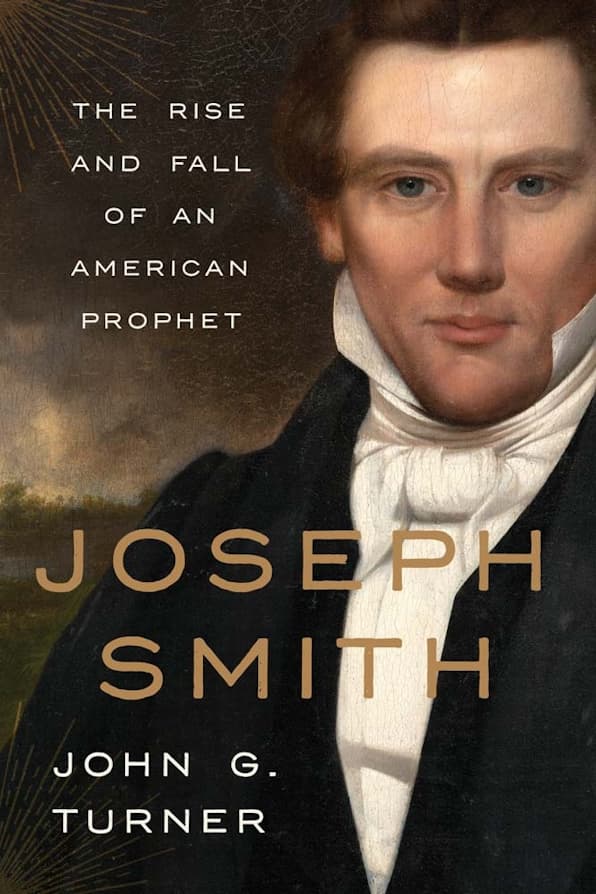
The wait for the long-anticipated biography Joseph Smith: The Rise and Fall of an American Prophet by John G. Turner is soon over. Available through Yale University Press, this is the first major biography released about the founding prophet of the Latter Day Saint movement since the completion of the Joseph Smith Papers project. It is a notable contribution to the study of Smith’s life by someone who has never been affiliated with The Church of Jesus Christ of Latter-day Saints. A lot of research went into the biography, and due to the smaller size of the book (464 Pages,… Read More

